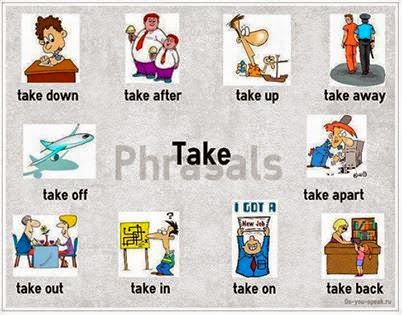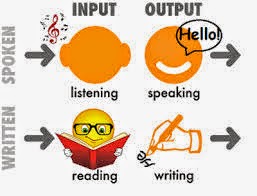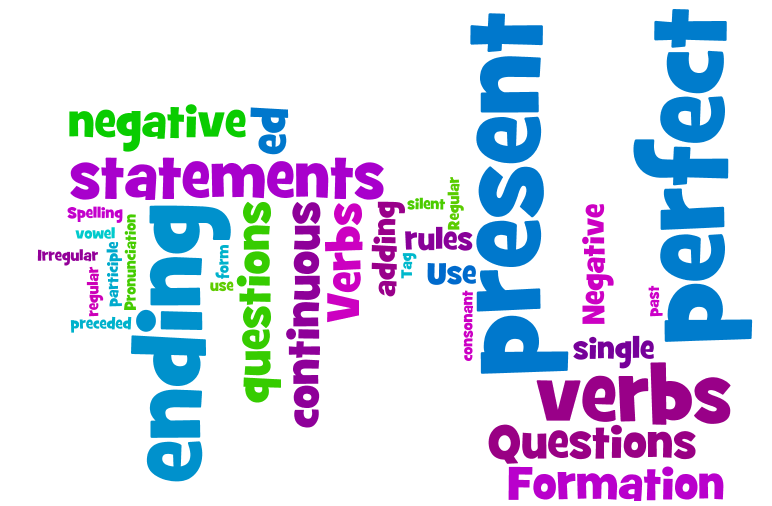prepositions of time and place

Introduction Many learners and teachers sometimes view the usage and meaning of prepositions as a secret that can’t be unlocked. However, if we examine the syntactic environments of such key prepositions systematically, patterns of usage and core meaning concepts emerge which can aid explanation and learning. The prepositions at, in and on are often used in English to talk about places (positions) and times. Sometimes the choice of one over another in a particular phrase or sentence seems arbitrary. However if we analyse patterns of occurrence we can identify key concepts in meaning and usage which consistently apply and can be used as a platform for learning. 1. Prepositions of time The preposition AT is used in the following descriptions of time: With clock times: My last train leaves at 10:30. We left at midnight. The meeting starts at two thirty. With specific times of day, or mealtimes: He doesn’t like driving at night. I’ll go shopping at lunchtime. I












